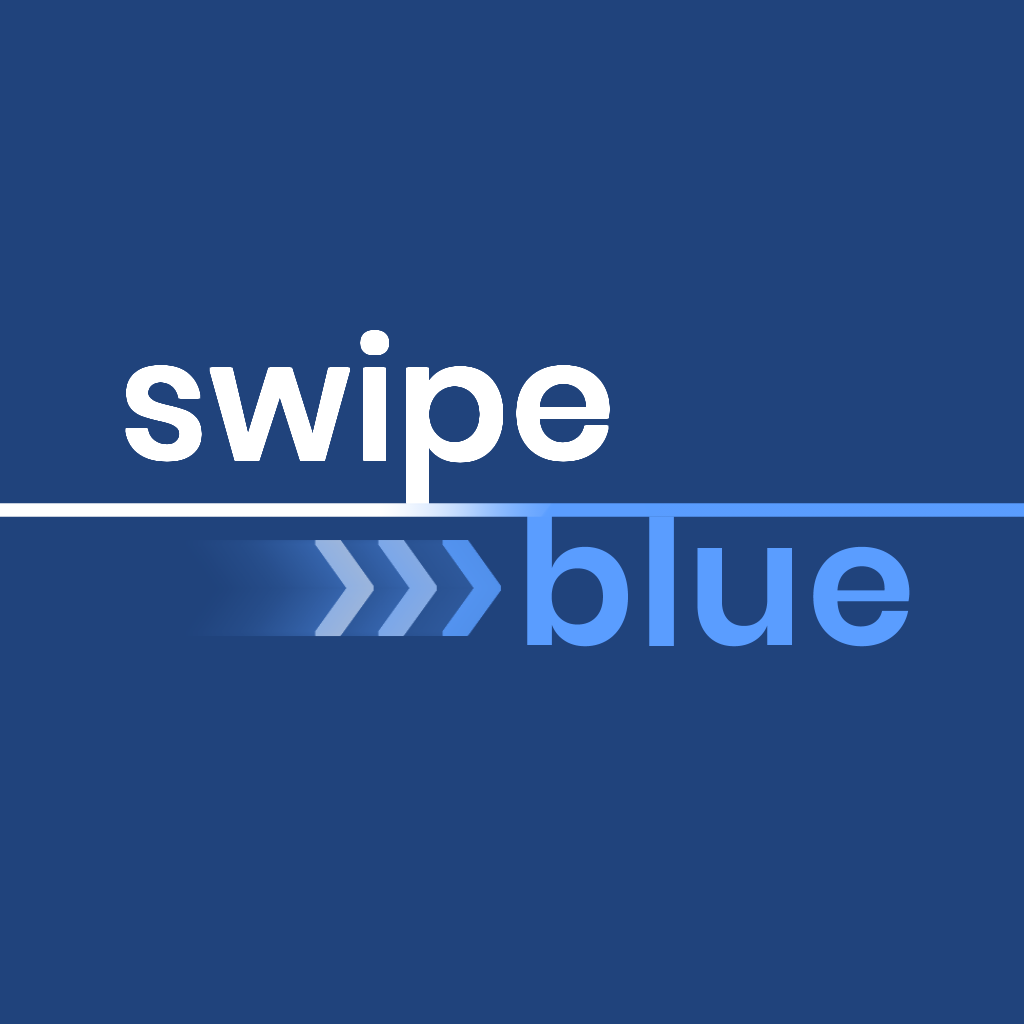Research
SwipeBlue is grounded in a substantial body of research on the most effective forms of voter contact.
Relational contacts are more effective than stranger contacts.
Message content with useful voting info is more effective than "plan to vote."
Requiring replies has a negative effect.
SwipeBlue optimizes all three.
SwipeBlue makes relational voting texts easy, using familiar Tinder-style swipes to identify reliable Democrats. Each "blue" swipe pops up our default text message for 1-click sending.
Our default text links to useful voting info.
No reply is required.
These are the basic principles of an effective program. But the real challenges with relational organizing are scale and targeting.
In our 2020 pilot, we recruited over 10,000 users who each swiped 36 friends, for a total of over 360,000 voter contacts.
In 2022, our goal is to grow 10x to 100,000 users through partnerships, which would result in 3.6 million voter contacts.
We will concentrate our user recruitment in the purple states where every net additional vote is crucial.
From a research perspective, scientifically measuring the effectiveness of SwipeBlue is inherently challenging. Each SwipeBlue user will choose which of their friends to contact, so it is difficult to separate the targeted voter universe into “experimental” and “control” groups. Here are some possible approaches - we welcome all suggestions!
Build a team of paid SwipeBlue users who would allow us to randomly disable the sending of texts after they swipe. (This would be a negative experience for volunteers.)
Create a “virtual” control of voters who “look like” the voters who are swiped, based on modeled partisanship and turnout scores. After the election, turnout among swiped voters could be compared to the “virtual” control.
Sources:
Sister District Action Network, Gaby Goldstein and Mallory Roman
